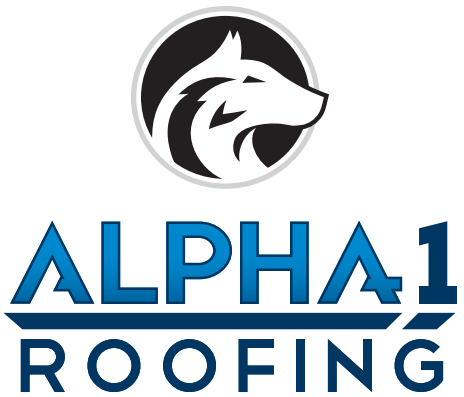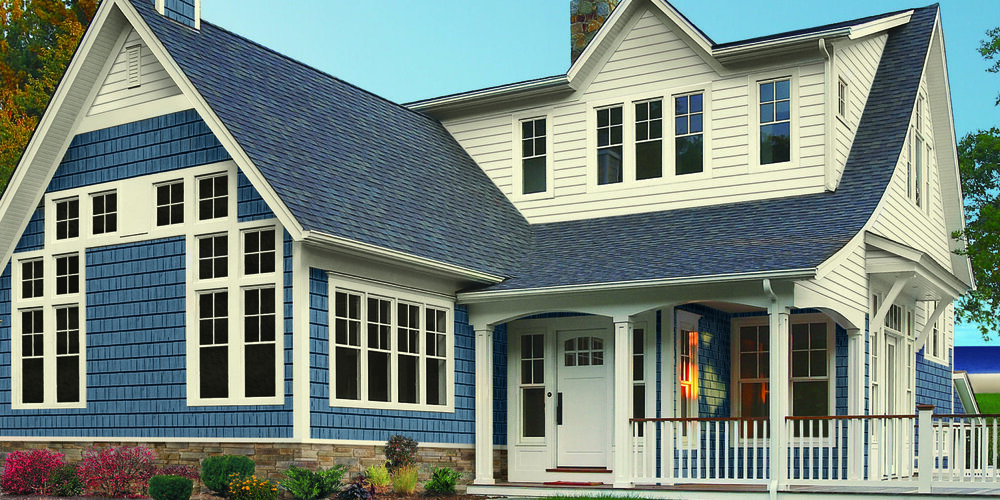The sight of newly installed shingles on your roof should be a source of pride and peace of mind, but what happens when those shingles don’t lay flat as they should? It’s a situation that can raise concerns about the quality and durability of your roof. In this blog, we’ll explore some common reasons why your shingles may not be laying flat after installation, shedding light on the potential issues and offering solutions. Alpha 1 Roofing, with locations in League City, San Antonio, Round Rock, and Austin, is here to provide insights into this important aspect of roofing.
1. Incorrect Installation:
One of the primary reasons for shingles not laying flat is incorrect installation. This can happen for several reasons:
– Nail Placement: If nails are placed too high on the shingle, it can result in poor adhesion and shingle uplift during windy conditions.
– Overdriven Nails: Nails driven too far into the shingle can lead to cracks or splitting, making it difficult for the shingle to lay flat.
– Nail Angle: Nails driven at an improper angle or too close to the edge of the shingle may not provide adequate fastening.
Solution: To rectify installation issues, it’s essential to hire a professional roofing contractor who follows the manufacturer’s guidelines for proper nail placement, angle, and shingle positioning.
2. Shingle Quality:
The quality of the shingles themselves can play a significant role in their ability to lay flat. Inferior or damaged shingles may not provide the necessary adhesion and stability.
Solution: Ensure that high-quality shingles are used for your roofing project, and carefully inspect them before installation to identify any defects or damage.
3. Thermal Cycling:
Roofs are exposed to temperature variations, which can lead to the expansion and contraction of roofing materials. Over time, this thermal cycling can cause shingles to warp or buckle, making them appear uneven.
Solution: While you can’t control the weather, selecting roofing materials designed to withstand temperature fluctuations can help mitigate this issue.
4. Poor Ventilation:
Inadequate roof ventilation can result in heat and moisture buildup in the attic, causing shingles to become soft or warped. This can affect their ability to lay flat.
Solution: Ensure your roof has proper ventilation to prevent heat and moisture buildup. Adequate ventilation will help maintain the structural integrity of your shingles.
5. Roof Deck Issues:
If the roof deck (the underlying structure) is uneven or damaged, it can create an uneven surface that makes it challenging for shingles to lay flat.
Solution: Address any roof deck issues by having a professional assess and repair any damaged or uneven areas.
6. Shingle Age:
As shingles age, they may become less pliable and more susceptible to warping or curling. This is a common issue with older roofs.
Solution: If your shingles are aging and losing their flatness, it may be time to consider a roof replacement.
Understanding why your shingles may not be laying flat after installation is essential for maintaining a secure and durable roof. Whether it’s due to installation errors, shingle quality, temperature fluctuations, or ventilation issues, there are solutions available to address these problems and ensure the longevity and performance of your roof. Hiring a professional roofing contractor like Alpha 1 Roofing is key to getting your roofing project done right and ensuring your shingles lay flat and provide the protection your home deserves.


